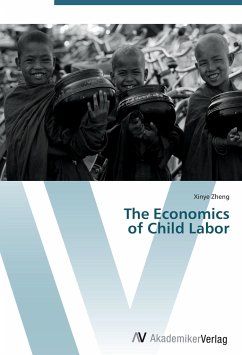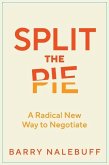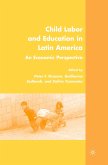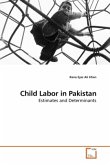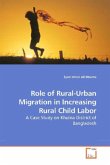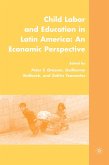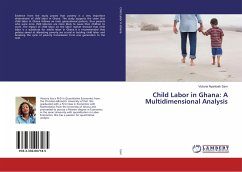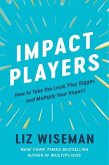Revision with unchanged content. In this book, we first develop a simple two-period model to examine the parent s optimal choice of children s time. We identify factors such as wage rate, school fees, education returns, degree of children s altruism toward their parents and the parents discounting rate that influence the parents optimal choice, and discuss their impacts on the optimal choice. Two basic uses for Children s time are: working in the labor market and attending schools. Schooling today may make children more productive in the future. The opportunity cost of schooling is the forgone wage rate in the labor market. Allocation of children s time is therefore mainly determined by education return, wage rate in labor market and school fees. Many existing models in the literature cannot explain the coexistence of schooling, poverty and the coexistence of child labor and affluence. We extend our basic model to explain the above two paradoxes. We show that, when education return is high and the household is willing to endure extra hardship caused by the child attending school, the coexistence of schooling and poverty can emerge. On the other hand, when the wage rate for child labor and schooling fees are higher than education return, affluence and child labor can co-exist.
Hinweis: Dieser Artikel kann nur an eine deutsche Lieferadresse ausgeliefert werden.
Hinweis: Dieser Artikel kann nur an eine deutsche Lieferadresse ausgeliefert werden.

